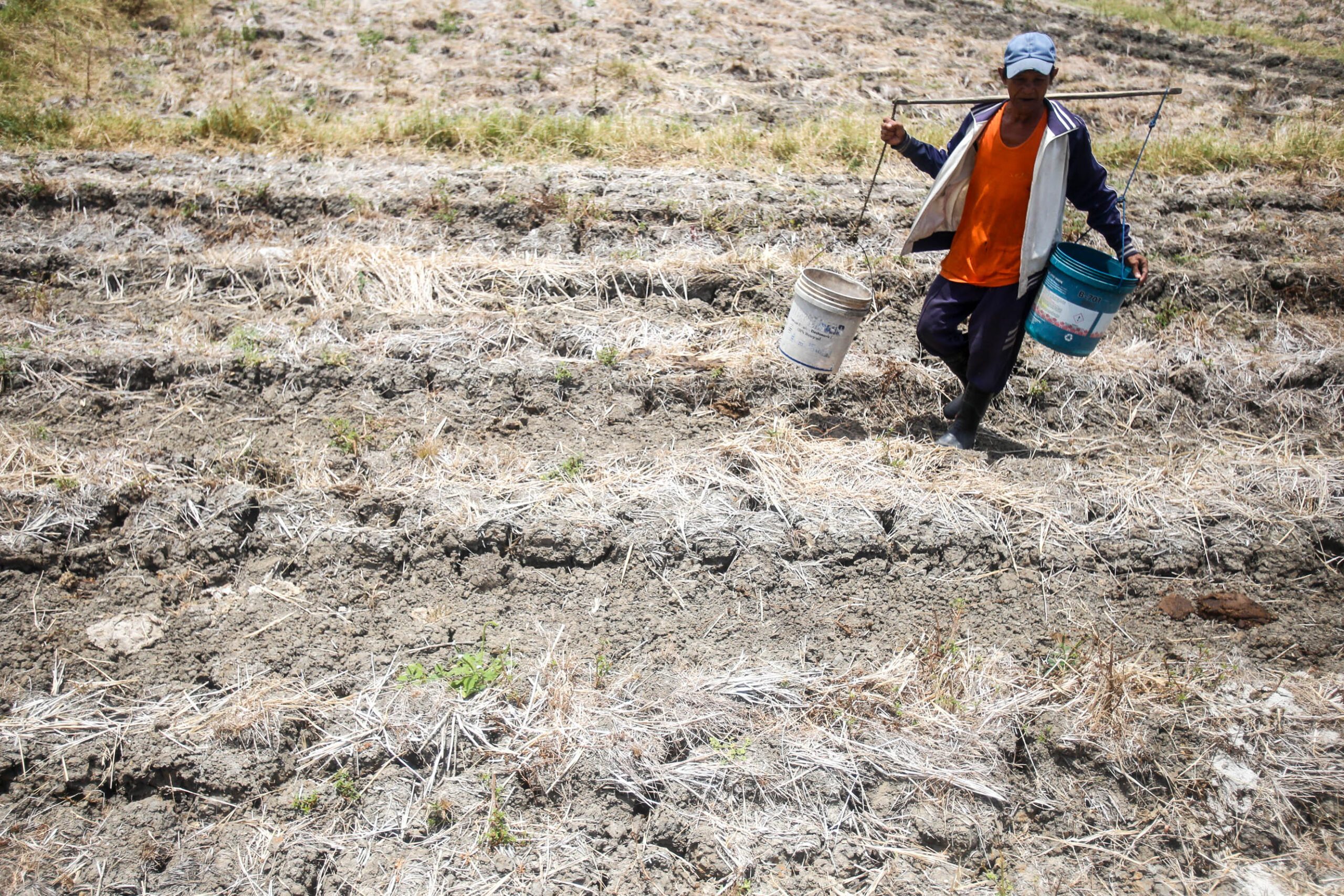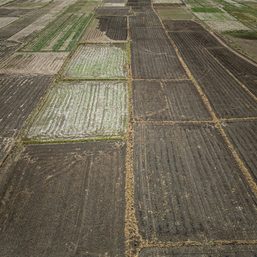SUMMARY
This is AI generated summarization, which may have errors. For context, always refer to the full article.

MANILA, Philippines – El Niño is underway in the tropical Pacific and the Philippines is expected to feel its effects, the state weather bureau announced on Tuesday, July 4.
The Philippine Atmospheric, Geophysical, and Astronomical Services Administration (PAGASA) upgraded its warning status from El Niño Alert to El Niño Advisory, which is issued when the weather phenomenon is already ongoing. El Niño Alert was raised last May 2.
PAGASA said in a press conference on Tuesday that this El Niño is currently weak, but it shows “signs of strengthening in the coming months.”
The weather bureau warned that El Niño “increases the likelihood of below-normal rainfall conditions.”
That means some areas in the Philippines could experience dry spells and droughts, which may affect “water resources, agriculture, energy, health, and public safety,” according to PAGASA.
El Niño’s effects on the country, particularly dry spells, may be felt more toward the fourth quarter of 2023 and the first half of 2024.
“Nandiyan na ‘yung El Niño doon sa central equatorial Pacific, mainit na talaga ‘yung karagatan natin, pero ‘yung impact nito ay hindi pa natin totally nararamdaman…. Nagbigay na tayo ng advance information para doon sa early preparation,” said PAGASA Officer-in-Charge Esperanza Cayanan on Tuesday.
(El Niño is already present in the central equatorial Pacific, the ocean is really warmer, but we’re not yet totally feeling the impact of the phenomenon. We’ve given advance information for early preparation.)
One step that the public can take now is to conserve water, added Cayanan, especially before El Niño strengthens in the fourth quarter of 2023.
Enhanced southwest monsoon
Even during El Niño, PAGASA advised the public that an enhanced southwest monsoon or habagat season is still expected, which could bring above-normal rainfall to the western part of the country. The southwest monsoon usually lasts until September.
“‘Pag simula pa lang ng El Niño, historically po mas marami ang ating ulan na natatanggap sa panahon ng habagat – July, August, September…. Kahit po nagre-recurve ‘yung mga bagyo [away from the country] and then kasagsagan ng habagat, ‘yun po ‘yung posibleng makapagbigay ng maraming ulan sa atin,” said Ana Liza Solis, chief of PAGASA’s Climate Monitoring and Prediction Section.
(When El Niño is still developing, historically we receive more rainfall during the southwest monsoon season – July, August, September. Even if tropical cyclones recurve away from the country at the height of the southwest monsoon season, the enhanced southwest monsoon might bring more rain.)
PAGASA sees 10 to 14 tropical cyclones entering or developing inside the Philippine Area of Responsibility from July to December. So far, there have been 3 tropical cyclones this year.
The yearly average is 20, which means the total for 2023 could be below average.
Meanwhile, the weather bureau’s rainfall forecast for July shows most parts of Luzon and the Visayas may have generally near- to above-normal rainfall, while Mindanao could see near-normal rainfall, except for Davao del Sur, which may have below-normal rainfall.
The World Meteorological Organization (WMO) defines El Niño as “a naturally occurring climate pattern associated with warming of the ocean surface temperatures in the central and eastern tropical Pacific Ocean.”
WMO Secretary-General Petteri Taalas in May urged countries to prepare for El Niño, “which is often associated with increased heat, drought, or rainfall in different parts of the world.” Some countries may have severe droughts, while others could see more rain.
El Niño occurs every two to seven years. The previous El Niño occurred from the last quarter of 2018 to the third quarter of 2019, and was characterized as weak. – Rappler.com
Add a comment
How does this make you feel?





There are no comments yet. Add your comment to start the conversation.